Epic Guide to Sitka National Historical Park in Sitka, Alaska includes things to do, how to get to the park, history, sites to see, and so much more.
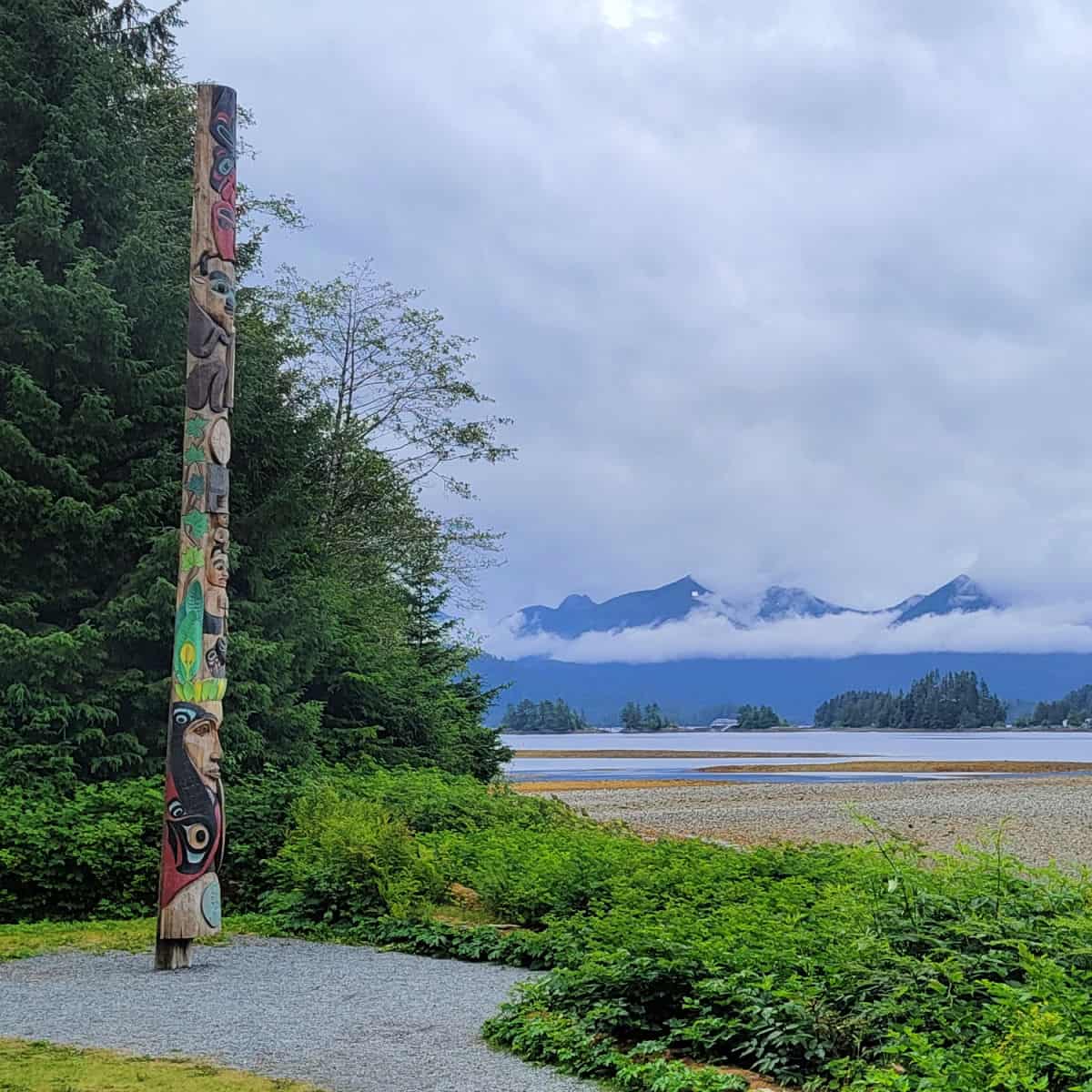
Sitka National Historical Park
Sitka National Historical Park tells the story of Russian colonization in America.
This Alaskan park preserves the site where the Tlingit people, native to Sitka, fought against Russian colonial rule. Sitka National Historical Park is the oldest National Park in Alaska.
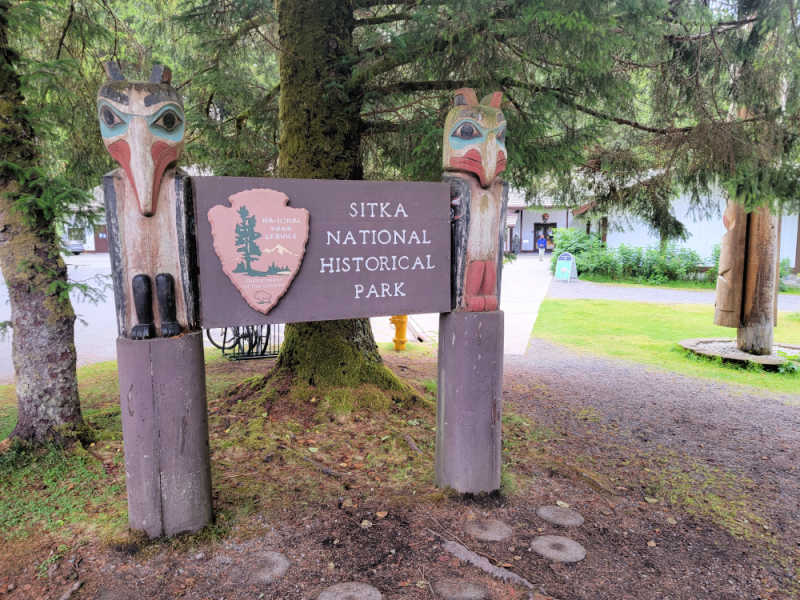
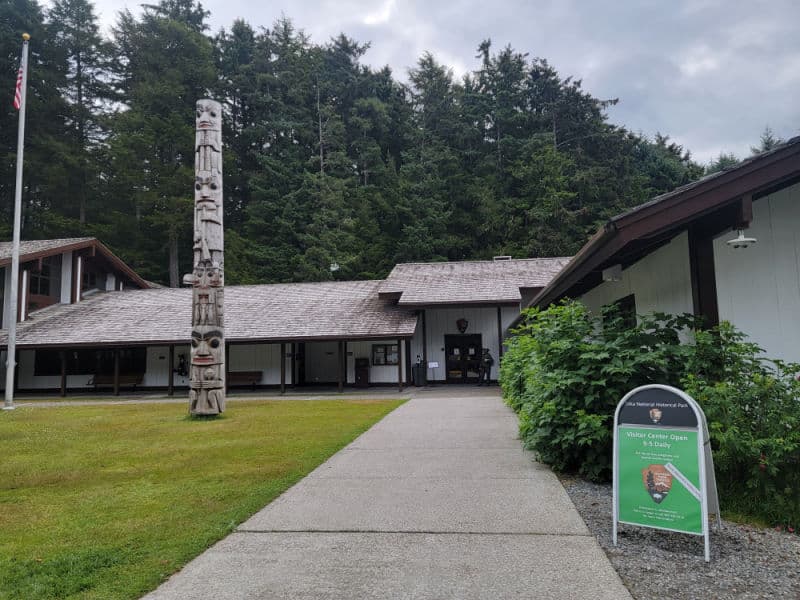
Is Sitka National Historical Park worth visiting?
Yes! Yes! Yes! The park is amazing and so worth visiting. The Totem Trail is one of my top must do trails within the National Park Service.
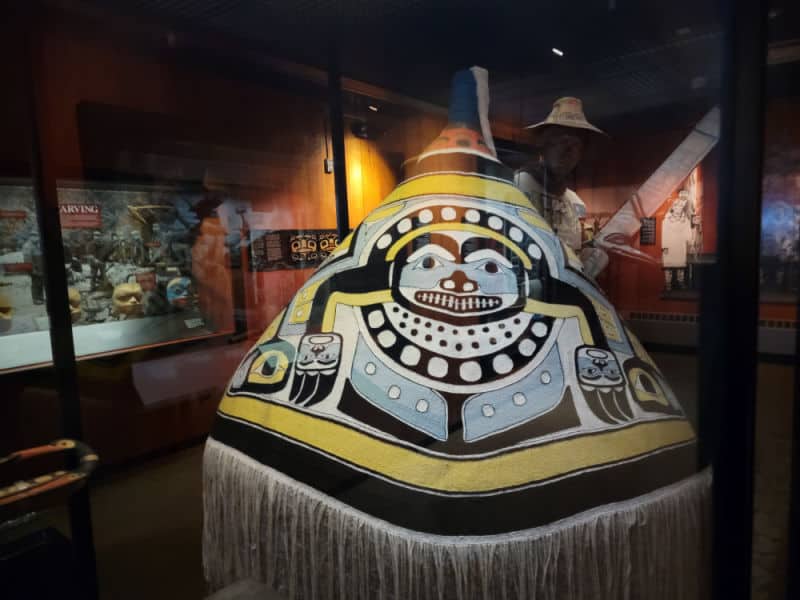
History of Sitka National Historical Park
For centuries the site on Baranof Island, now protected by the Sitka National Historical Park, was home to the Tlingit people.
Oral histories passed down through generations tell the story of when the Tlingit people went to war with the Russian Empire. The park also contains Totem Poles which tell the story of how the Tlingit people lived.
The first Russian colony in Alaska was established in 1784. Sitka remained untouched by colonization until 1799 when the Russians set up an outpost at Sitka.
Relations between the Russian-American Company based at Sitka and the Tlingit Kiks.ádi clan soon turned sour. There were two battles fought at the site, one in 1802 and another in 1804.
The second battle, known as the Battle of Sitka, resulted in the Tlingit people abandoning their village, only to return in the 1820s. This story has been preserved and told, with the help of archeological evidence, by the National Park Service.
What Led to the Hostilities at Sitka?
The Sitka National Park protects the site where the Tlingit village of Shee Atika once was. Shee Atika translates to ‘people on the outside of Shee.’
The Kiks.ádi clan inhabited the area for roughly 11,000 years. The Tlingit people were skilled hunters and traders, trading in goods such as dried fish and otter fur.
The sea otter fur trade was very lucrative and as such, drew Russians traders who wished to set up trading outposts in Alaska.
The colonization of Alaska began in 1784. Once the traders had devastated the otter population surrounding their various colonies in Alaska, they set their sights on the Tlingit territory held by the Kiks.ádi clan.
The Russians built an official outpost in Sitka in 1799 when Tsar Nicholas of Russia consolidated the various fur traders into one company known as the Russian-American Company. Initially, the Tlingit chief allowed the Russians to set up a small trading post a few miles from their town.
The Russians took advantage of the offer and built a large settlement that included Fort Saint Michael. The fort was much larger than the Tlingit had agreed to.
The Russians were not the ideal trade partners they had seemed to be and, soon were using the Tlingit people as a source of free labor and as colonial subjects who as such, were under the control of the Russian Tsar.
Relations disintegrated completely between the Tlingit and the Russian-American Company by 1802. The Tlingit decided to attack Fort Saint Michael. They destroyed the fort and drove the Russians out of Sitka. That would not be the last altercation between the Russian-American Company and the Kiks.ádi clan.
The Battle of Sitka 1804
After the vicious battle in 1802, the Tlingit knew the Russians could return to Sitka. In preparation for this, they built a fort at the mouth of the Indian River called Shís'gi Noow, which translates to Sapling Fort.
The Russians were determined to retake Sitka and regain their foothold in Southeast Alaska.
The Russian-American Company led by Alexander Baranov, with the help of the Imperial Russian Navy, landed in Sitka Sound towards the end of September 1804.
The Tlingit secured themselves in the Sapling Fort while trying to delay the arrival of the Russians.
On October 1st, 1804, the Russians landed on the riverbank in front of Fort Sapling. Despite the fort's position on the shallow waters of the Indian River, the Russian gunboat Neva and three other boats had made it to the fort.
The Russians and their allies, the Aleuts, stormed the fort but were repulsed by the Tlingit in a brutal counterattack. Alexander Baranov was wounded in the attack, in which nearly all the attacking Russians were either killed or wounded.
The Russian Navy ships began bombarding the fort. Over the next six days, the fort came under fire from the Russian gunboats. On the first day of the battle, the Russians blew up the canoe carrying the Tlingit's reserve ammunition.
As the siege on the Sapling Fort continued, the Tlingit realized they could not defend themselves from another Russian attack. During the siege, the Tlingit sought to negotiate with the Russians. The negotiations were a ruse.
What Happened to Sitka?
The Tlingit knew they could not repel another attack from the Russians, and so the leaders of the clan stalled for time.
The Tlingit engaged in negotiations for a peaceful surrender with the Russians. With negotiations not yielding the outcome the Russians wanted, they attacked Fort Sapling on the seventh day of the siege and found the place abandoned.
The Tlingit had evacuated during the night. Baranov had survived his injuries and went on to build a new Russian fort on the site, which they named New Archangel.
The Russians moved the colonial capital to New Archangel. The Russians built a school, a hospital, and a church at Sitka. The house of the Russian Orthodox minister still stands at the site today.
The Tlingit people returned to the area in the 1820s and settled near the Russian fort.
Relations were always tense between Sitka's inhabitants until the United States bought Alaska from the Russian Tsar in 1867.
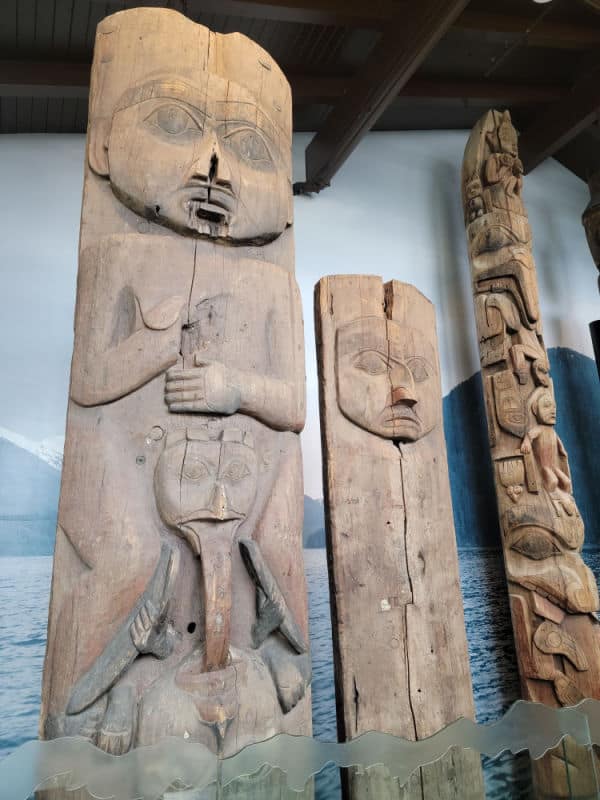
Things to know before your visit to Sitka National Historical Park
Entrance fee
$0.00 - There is no entrance fee to visit the park.
Learn more about National Park Passes for parks that have an entrance fee.
$80.00 - For the America the Beautiful/National Park Pass. The pass covers entrance fees to all US National Park Sites and over 2,000 Federal Recreation Fee Sites for an entire year and covers everyone in the car for per-vehicle sites and up to 4 adults for per-person sites.
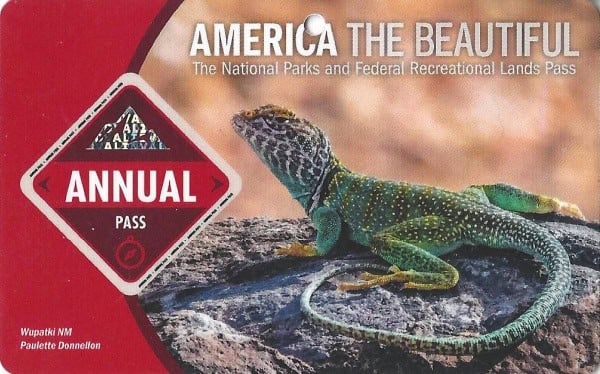
Buy your pass at this link, and REI will donate 10% of pass proceeds to the National Forest Foundation, National Park Foundation, and the U.S. Endowment for Forestry & Communities.
National Park Free Entrance Days -Mark your calendars with the five free entrance days the National Park Service offers annually.
Time Zone
Alaska Time
Pets
Pets are welcome on park trails as long as they are on a leash less than 6 feet in length.
Brown bears are active in the area including near the visitor center during the year.
Cell Service
We had great cell service while in the park.
Park Hours
Park grounds are open for day use year-round.
Park hours depend on the time of year.
Wi-Fi
Public WIFI is available at the visitor center.
Insect Repellent
Insect repellent is always a great idea when outdoors, especially if you are around any body of water.
We use Permethrin Spray on our clothes before our park trips.
Water Bottle
Make sure to bring your own water bottle and plenty of water with you. Plastic water bottles are not sold in the park.
Parking
There is a small parking area in front of the visitor center.
Food/Restaurants
There are no restaurants within the park. There are multiple restaurants within walking distance of the park.
Gas
There are no gas stations within the park.
Drones
Drones are not permitted within National Park Sites.
National Park Passport Stamps
National Park Passport stamps can be found in the visitor center.
Sitka NHP is part of the 1998 Passport Stamp Set
We like to use these circle stickers for park stamps so we don't have to bring our passport book with us on every trip.
The National Park Passport Book program is a great way to document all of the parks you have visitied.
You can get Passport Stickers and Annual Stamp Sets to help enhance your Passport Book.
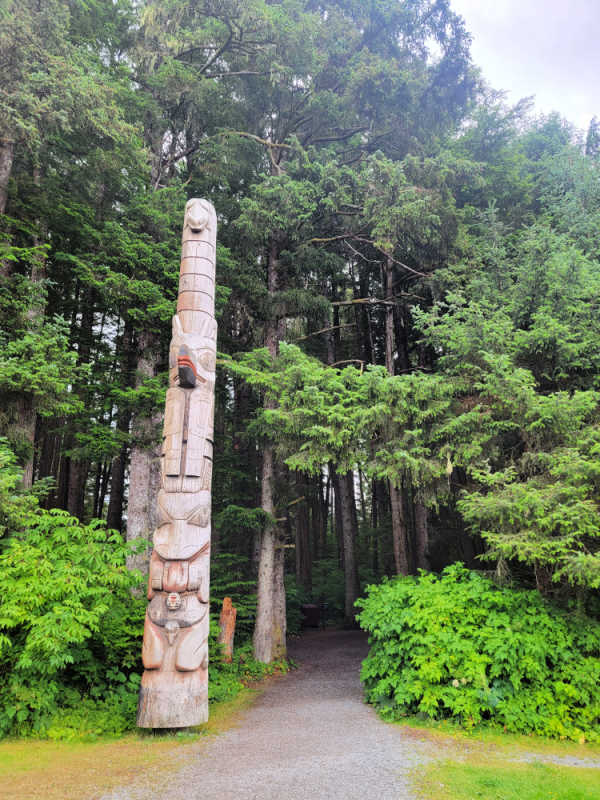
Details about Sitka National Historical Park
Size - 59 acres
Check out how the park compares to other National Parks by Size.
Date Established
October 18, 1972
Visitation
In 2021, Sitka NHP had 96,793 park visitors.
In 2020, Sitka NHP had 115,494 park visitors.
In 2019, Sitka NHP had 232,876 park visitors.
Learn more about the most visited and least visited National Parks in the US
National Park Address
103 Monastery St, Sitka, AK 99835
National Park Map
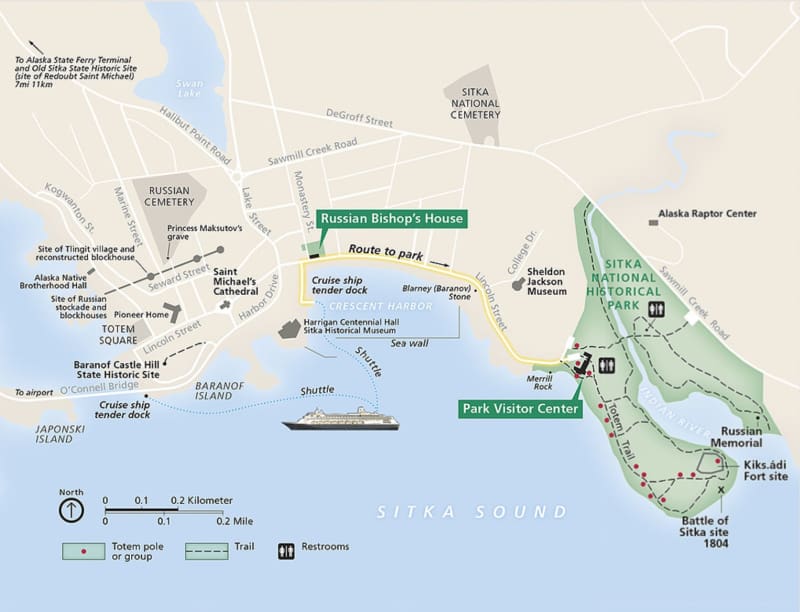
Where is Sitka National Historical Park?
Sitka NHP is located on Baranoff Island near the town of Sitka, Alaska. It is within walking distance of downtown Sitka
Estimated distance from major cities nearby
All major cities can be reached via plane or boat/ship. The only way in and out of Sitka, Alaska is on a ship, ferry, or plane.
Estimated Distance from nearby National Park
Wrangell St Elias National Park
Where is the Sitka National Historical Park Visitor Center?
The visitor center is located in Sitka, Alaska.
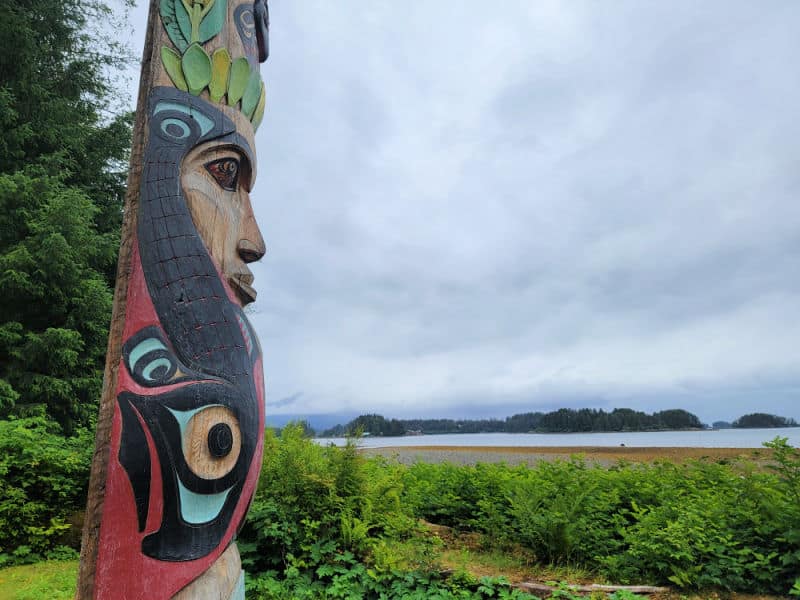
Getting to Sitka National Historical Park
Closest Airports
Sitka Rocky Gutierrez Airport (SIT)
Driving Directions
There are no roads connecting Sitka to the mainland of Alaska. The NHP is very easy to reach in Sitka via one of the main roads.
Cruise Ship
If Sitka is a port of call on your Inside Passage Alaska Cruise you will be happy to know the park's easy walking distance of downtown Sitka.
The historical park is a pretty easy walk from downtown Sitka or you can hire a taxi to take you to the park.
We heard that it is a 10-15 minute walk depending on how much you stop to enjoy the views.
There are cruise ship excursions that include a visit to the park.
We took the cruise ship shuttle from the cruise port into Sitka and then hired a taxi from the drop-off point to the visitor center.
We were able to call the taxi company when we were ready to be picked up.
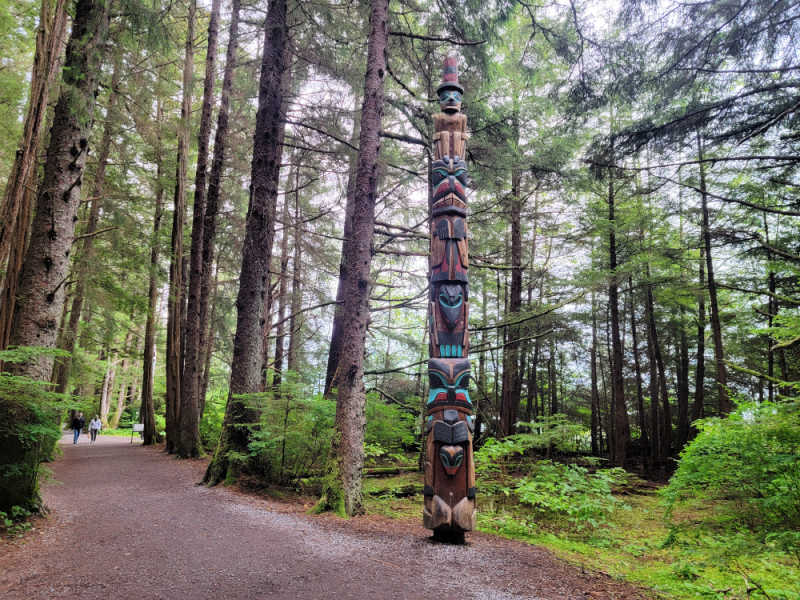
Best time to visit Sitka National Historical Park
Summer is the best time to visit for warmer weather.
Weather and Seasons
Sitka, Alaska experiences cool cloudy summers and long cold winters. It is wet year-round with temperatures varying from 33 degrees to 62 degrees on average.
The warmest weather is from June 14th to September 16th with an average daily temperature above 58 degrees.
The coldest weather is from November 11 to March 24th with an average daily temperature below 44 degrees.
The coldest month is January along with getting the most snow with an average of 2.8 inches.
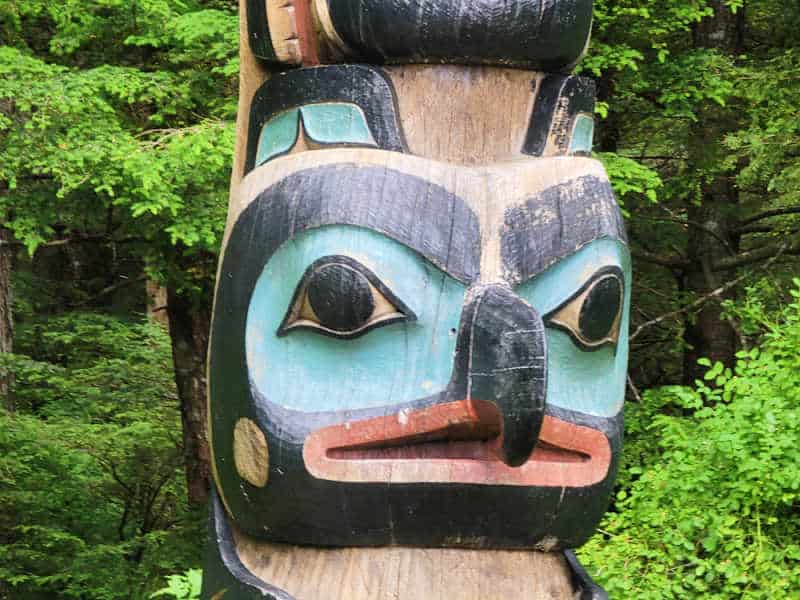
Best Things to do in Sitka National Historical Park
We suggest planning a couple of hours to visit the park so you can enjoy the visitor center and walk the Totem Trail.
We really enjoyed our time in the park and would happily return to spend more time exploring.
If you want to have the history of the park and information available while exploring check out this self guided audio walking tour.
Visitor Center
The visitor center is the best place to start your visit to the park. There is a 12-minute video that does a great job of showing the different voices of Sitka.
The visitor center has a small exhibit area and an epic Totem Hall filled with totem poles
The visitor center was built in 1965 and used design elements that represent a traditional Tlingit Clan House.
This includes heavy support beams, the orientation of the gable towards the water, a low sloping roof, and Alaska Native Carvings.
Park Rangers lead porch talks next to the National Park Service Visitor Center on a variety of topics including southeast Alaska Totem Poles, Alaska's oldest National Park, and more.
Junior Ranger Program
The Junior Ranger Program can be picked up at the visitor center. It can be completed while in the visitor center and is great for all ages.
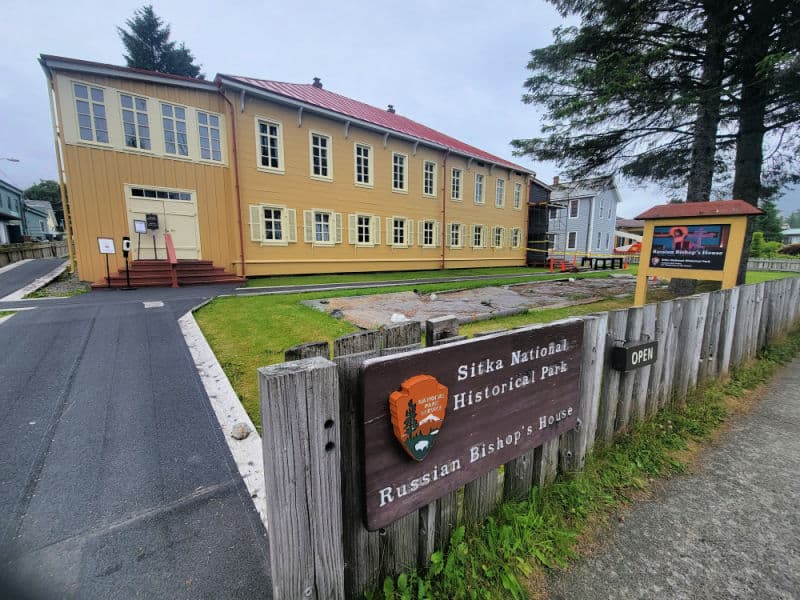
Russian Bishop's House
The Russian Bishops House is located in Sitka downtown near the main shopping district. It is a quick and easy walk from the cruise ship drop-off point.
Within the house, you can take a self-guided walking tour through the 1st floor and see exhibits about the Bishop and the religious school.
The park offers guided tours of the 2nd floor during the day. Tickets for the guided tours can be picked up at the information desk when you first enter the building.
The National Park Service purchased the house in 1972 and started restoration. They have not made any major changes to the basic plan of the building.
The two-story log house was the headquarters of the Russian Orthodox Diocese of Sitka and the residence of the bishop.
It was also the office, mission school, and the Bishop's personal chapel.
In 1834 Father Vaniaminov arrived as the first official of the Russian Orthodox Church in Sitka. He had spent 10 years in Unalaska studying the language and customs of the Aleut people.
Veniaminov was named the first bishop of the new diocese that was created to encompass Kamchatka and Alaska in 1838.
The Russian Bishop's home was constructed starting in 1843. It was built with Finnish shipwrights using local spruce and Yellow Cedar trees.
At the time of construction, the Bishop's House included the priest's quarters, seminary classrooms, a kitchen, and the office of the consistory of the North American Bishopric.
The 2nd floor was reserved for the bishop and included his private chapel, living quarters, and eating quarters.
The building was owned by the Russian-American Company until the United States purchased Alaska. It was then transferred to the Russian Orthodox Church in North America.
The Bishop House was designated a National Historic Landmark in 1962.
Totem Poles
The totem poles within Sitka NHP are a must-see! There are multiple totems near the parking lot and then even more spread along the Totem Trail behind the visitor center.
Wildlife
The park is home to brown bears (Grizzly bears), river otters, mink, and black-tailed deer.
There are more than 150 bird species that have been identified in the park. The park is located in an intertidal zone making it a great place to see sea stars, limpets, barnacles, bald eagles, ravens, and more.
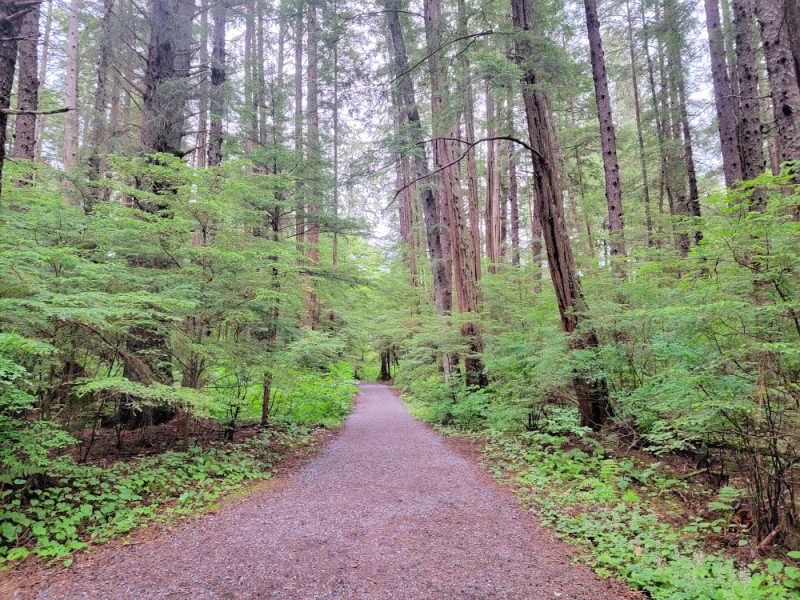
Hiking in Sitka National Historical Park
Always carry the 10 essentials for outdoor survival when exploring.
Totem Trail and Russian Memorial Loop
Distance - 1.6 miles
Totem Trail is a flat easy-to-walk trail that departs from behind the visitor center. Visitors can easily walk a portion of the loop or the entire loop.
Be bear aware as you are on the trail because they are semi-common in the area.
The trail travels through a temperate rain forest with an epic collection of totem poles carved by Tlingit and Haida artists.
Mount Verstovia Trail
Distance - 2.5 miles one way
Indian River Trail
Distance - 4.5 miles one way
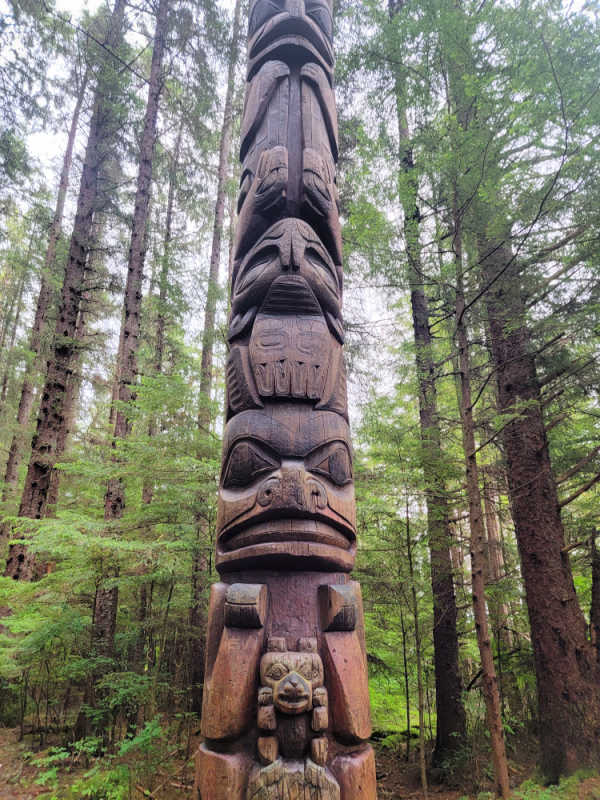
How to beat the crowds in Sitka National Historical Park?
We did not experience a large crowd while visiting the park even with two cruise ships in port. It was very easy to maneuver around people and have space.
Where to stay when visiting Sitka National Historical Park
There are no National Park Lodges within the park.
Lodging near Sitka NHP includes:
Westmark Sitka - 3-star hotel in the business district. Free roundtrip airport shuttle, laundry facilities, and a fireplace in the lobby are just a few of the amenities provided at Westmark Sitka. The onsite American cuisine restaurant, Raven Dining Room, features ocean views and light fare. Free in-room WiFi is available to all guests, along with a bar and a gym.
Totem Square Hotel and Marina - free roundtrip airport shuttle, golfing on site, and a marina are just a few of the amenities provided at Totem Square Hotel & Marina. Adventurous travelers may like the fishing and boating at this hotel. Free in-room WiFi is available to all guests, along with laundry facilities and a 24-hour gym.
Sitka Hotel and Restaurant - free continental breakfast, a free roundtrip airport shuttle, and laundry facilities at Sitka Hotel and Restaurant. In addition to a bar and a business center, guests can connect to free in-room WiFi.
Aspen Suites Hotel - Aspen Suites Hotel Sitka provides amenities like laundry facilities and a 24-hour business center. Guests can connect to free in-room WiFi.
Click on the map below to see additional vacation rentals and lodging opportunities in Sitka, Alaska.
Camping
There is no National Park Campground within the park.

Additional Resources
Other top things to do in the city of Sitka include the Fortress of the Bear, the Alaska Raptor Center, and enjoying the views of the Gulf of Alaska.
We heard multiple locals refer to the National Historical Park as the Totem Park.
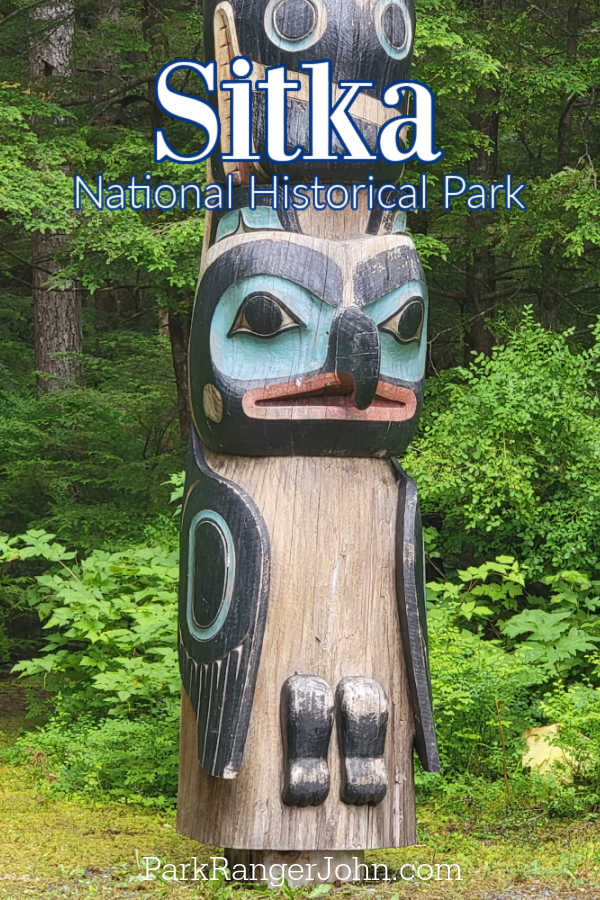
Parks Near Sitka National Historical Park
Klondike Gold Rush National Historical Park
Aniakchak National Monument and Preserve
Bering Land Bridge National Preserve
Cape Krusenstern National Monument
Yukon-Charley Rivers National Preserve
Check out all of the Alaska National Parks along with National Parks in Washington, California National Parks, and National Parks in Hawaii
Check out all of the National Historical Parks managed by the NPS
Make sure to follow Park Ranger John on Facebook, Instagram, Pinterest, and TikTok

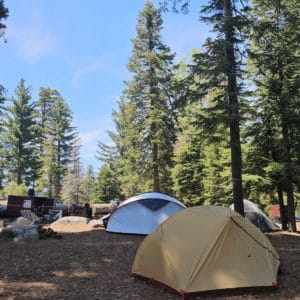
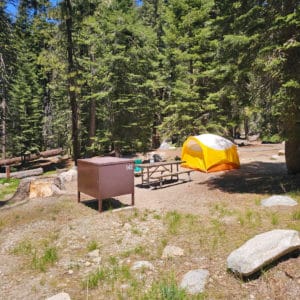
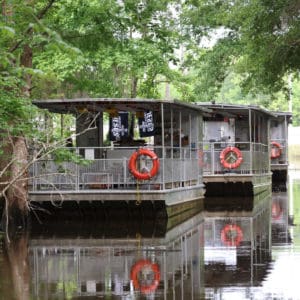
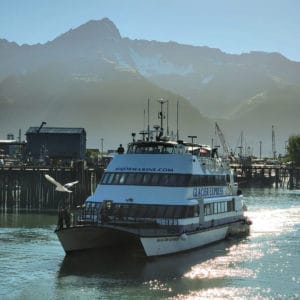
Leave a Reply